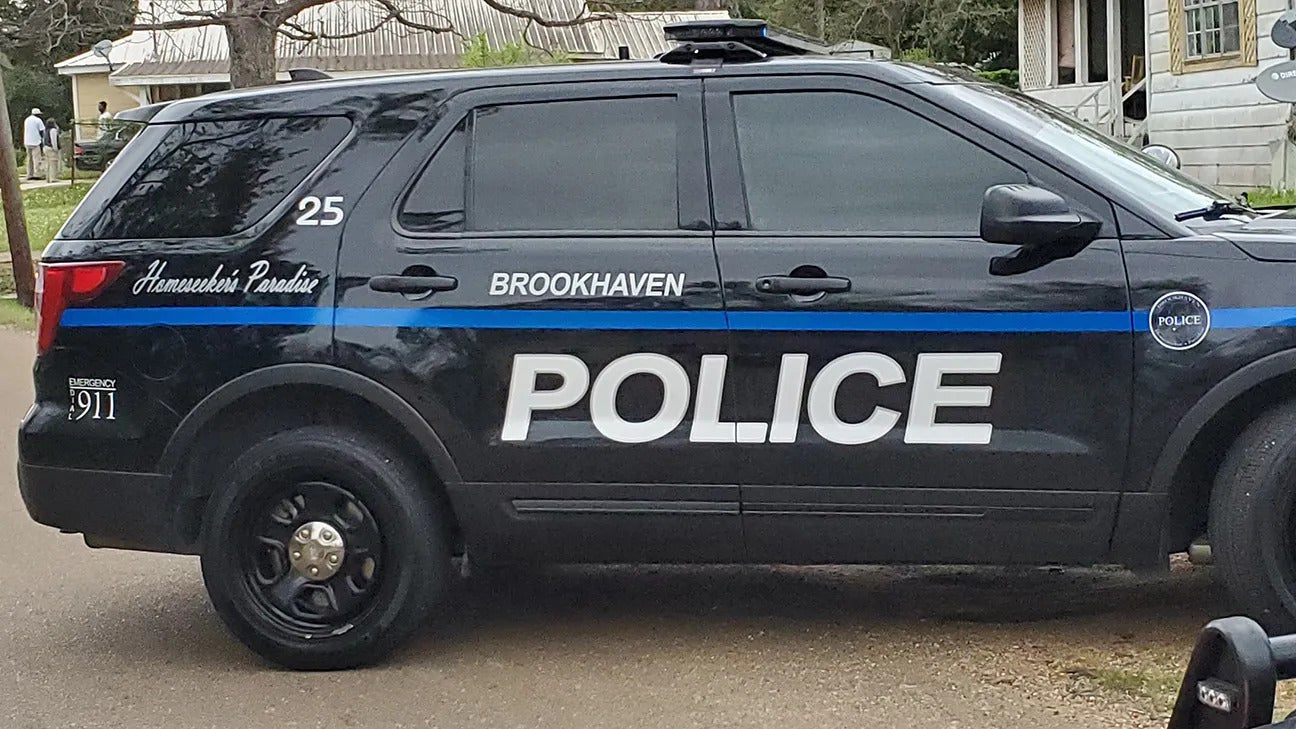Long-ago history comes to life at Co-Lin
Published 12:10 pm Thursday, October 10, 2013

DAILY LEADER / JUSTIN VICORY / Copiah-Lincoln Community College student Marjorie Wells is initiated into the phalanx, a simulated ancient Greek battle formation, Wednesday afternoon.
The class syllabus for history Instructor Brett Shufelt’s world civilization class sounds precisely like what a student might expect it to sound like. Or, it sounds similar to just about any other class syllabus for college.
There is the part about class attendance, grading and textbook information, and of course, the academic speak: “the course attempts to expose the student to major developments in philosophy, literature, the arts and sciences, and to discuss their effect upon the modern world.”
What one does not get, but should know, is that Shufelt’s classes tend to be atypical. Depending upon the historical concept, Shufelt makes sure he uses or provides props and visual aids that help bring the history he is teaching to life.
The instructor does this in a way that the students can understand, and relate to, and makes it both specifically individual to the student, and general to the class. The techniques not only help the students remember the lesson, and subsequently do better on the test, but they also encourage the students to consider how history fits into not just contemporary society, but their own lives.
Wednesday’s lesson provided a little context. Held outside Smith Hall at Co-Lin Community College, approximately 30 students assemble before their instructor equipped with uniquely personalized shields, and mock eight-foot bamboo spears.
Shufelt is re-inventing ancient Greece in the era of Homer’s The Iliad and Odyssey. Most of the students have little insight into that period coming into the class, with the exception of what they might have seen from Hollywood. Shufelt’s role is to teach the students about the particular history of the time. By having the students create their own props, he believes the knowledge has a better chance of sinking in permanently.
In previous classes, Shufelt has reinvented trench warfare during World War II with a giant sandbox, and provided his students with the resources and the wisdom to build their own trebuchet, a siege engine used during the middle ages. Shufelt also takes his students on field trips to places like the D-Day Museum in New Orleans.
Wednesday, each one of the students’ homemade shields provides a similar structure; however, they also are as individual as the person holding the shield. Similar to a family crest, or even a tattoo, the particular designs and style of the shield say a lot about the person behind it. Some shields have religious symbols on them, such as a cross, while others have animals such as a horse or wolf, or even a jersey number or area code.
Student Majorie Wells painted a ladybug on her shield. As she explained to the rest of the class her reasoning for the choice, she provided an impressively detailed history of the ladybug, one that has led to our modern-day inclination to associate good luck with the insect.
During the Middle Ages, the ladybug ate plant-destroying insects in much of Europe, thus ensuring the growth of crops that people of the time relied upon for food. Soon, the ladybug became associated with a kinder side of humanity.
One shield that is particularly intricate came from Andie Tsosie, who is part Sioux and Navajo Indian, Mexican and Irish. Her shield contained elements of nearly all aspects of her heritage and included American Indian symbols.
Participation in Shufelt’s class isn’t limited to raising one’s hand and merely answering the instructor’s question. Rather, the students imagine being in a battle formation, called a phalanx, and each student in the class must explain his or her worth to the tribe or group.
Shufelt follows as discernable a history as can be provided with the building of the shields, as comparable as possible to what the ancient Greeks, Spartans and Macedonians did during their times. Once the student, or warrior, is accepted into the group, all others bang their spears on their shields in agreement.
When the students come together, Shufelt explains the significance. “If we were all angels, we wouldn’t need to be governed,” Shufelt says, quoting James Madison in the Federalist Papers. “The phalanx, unlike the individual, represents a group of individuals coming together; one that can stand up to the despotic and the tyrannical,” Shufelt says. “You are all a collection of individuals, yet the ancient Greeks understood that by coming together as a group, and acting as one unit, much more could be accomplished.”
Eventually, Shufelt finds a way to tie the class activity into what we see in our society today, from the present day military to the country’s democratic political process. Shufelt says the class’s simulated maneuvers, and the focus on group dynamics, is what led philosophers such as Aristotle to refer to the fundamental principles of a democratic system of government.
Before class ends, Shufelt challenges his students with a question. “Which one of you is an Alexander the Great, which one is an Aristotle, an Achilles or an Archimedes?” The question is meant to allow the student to take stock of what talents they possess, and then to make the best of it.
On a personal note, Shufelt explains to the class: “It wasn’t until my 40s that I became aware of much of what I’m teaching today. That’s unacceptable.”




